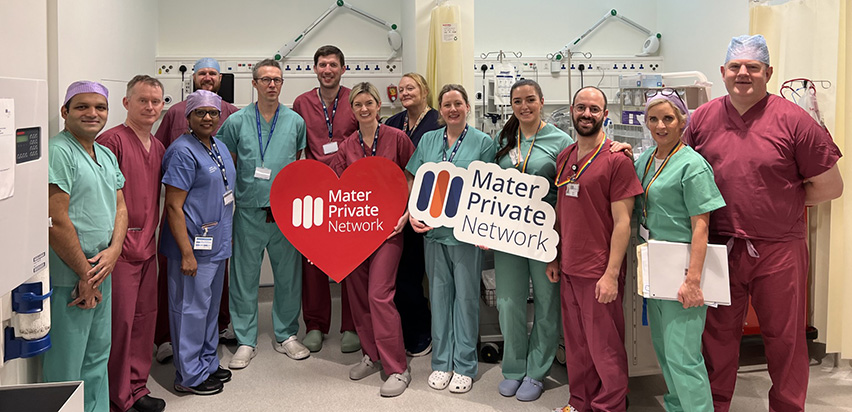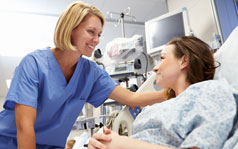Tilt Table Test
Contact Us
Please note a referral letter is required before an appointment can be confirmed.
Useful Information
About this service
A tilt table test is used to monitor your blood pressure and heart rate.
It is recommended to help evaluate the cause of unexplained falls, blackouts and dizzy spells.
The procedure
This procedure takes approximately 120 minutes to complete. You will be lying on a bed which will be tilted upright during the test and safety belts will be placed around your body so you don't slip.
Throughout the procedure, there will be a nurse and a technician in the room. However to get an accurate result, it is important that you are not disturbed, so once the test starts they will only speak to you to check how you are feeling. If you are feeling unwell, the test will be stopped until you feel better.
What happens during a tilt table test?
An IV cannula (tube) is set up to administer any medication required. You will be attached to a machine which will monitor your blood pressure and heart rate throughout the test.
You begin by lying flat on the 'tilt table' and safety belts will be secured around you.
After ten minutes, you are tilted upright and then back at a slight angle. You will stay in this position for twenty minutes, during which time you will be asked to stay still.
If after twenty minutes there is no change to your blood pressure or heart rate, we may give you medication called Isoprenaline through the IV line. This is used to improve the sensitivity of the test. The table is raised again and you will be monitored for another twenty minutes.
If you faint at any time during the test while you are in the upright position, the table is returned to a horizontal position immediately and you're monitored closely until your recover. Most people regain consciousness almost immediately.
Following the procedure
You may return to your normal activities for the remainder of the day.
Your results will be review by a consultant cardiologist who will assess whether you fainted during the procedure and what happened to your blood pressure and heart rate.
Depending on the results, your consultant may recommend additional tests to exclude other causes of fainting.











